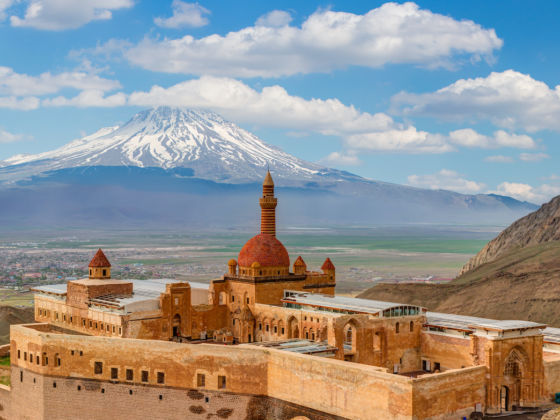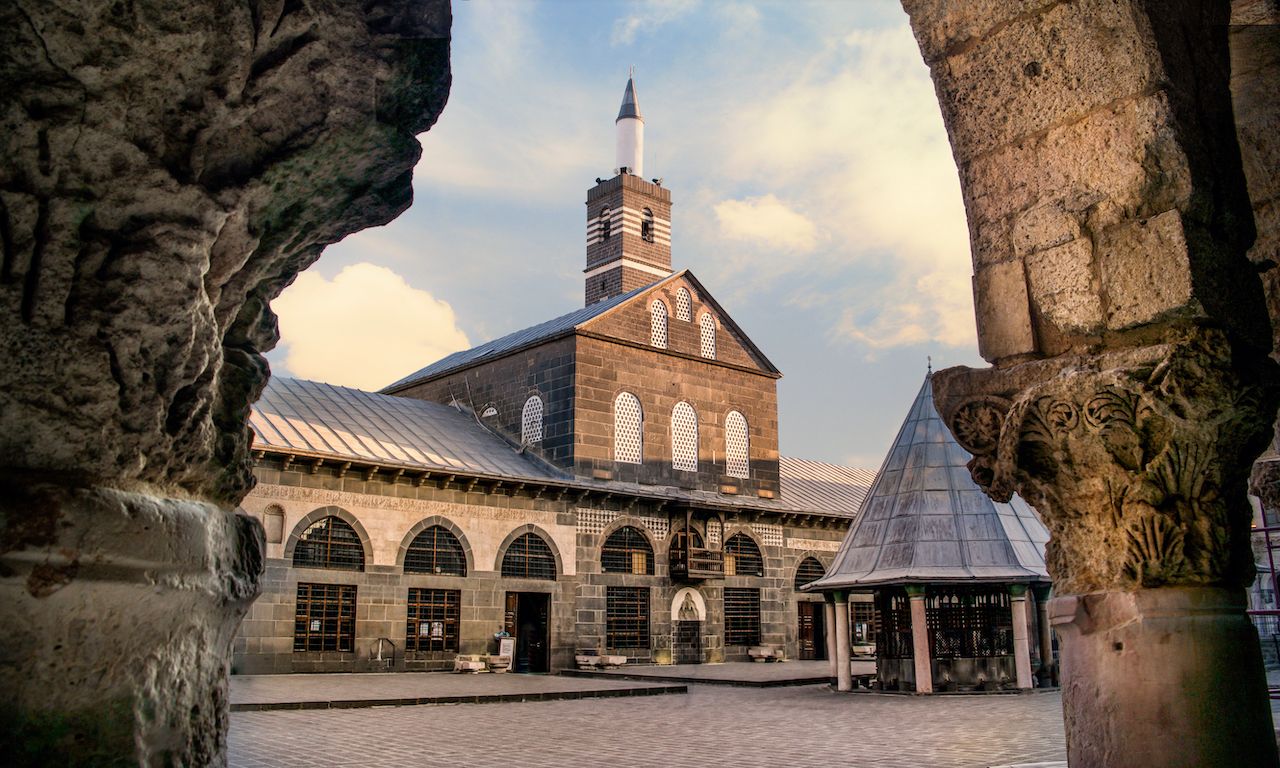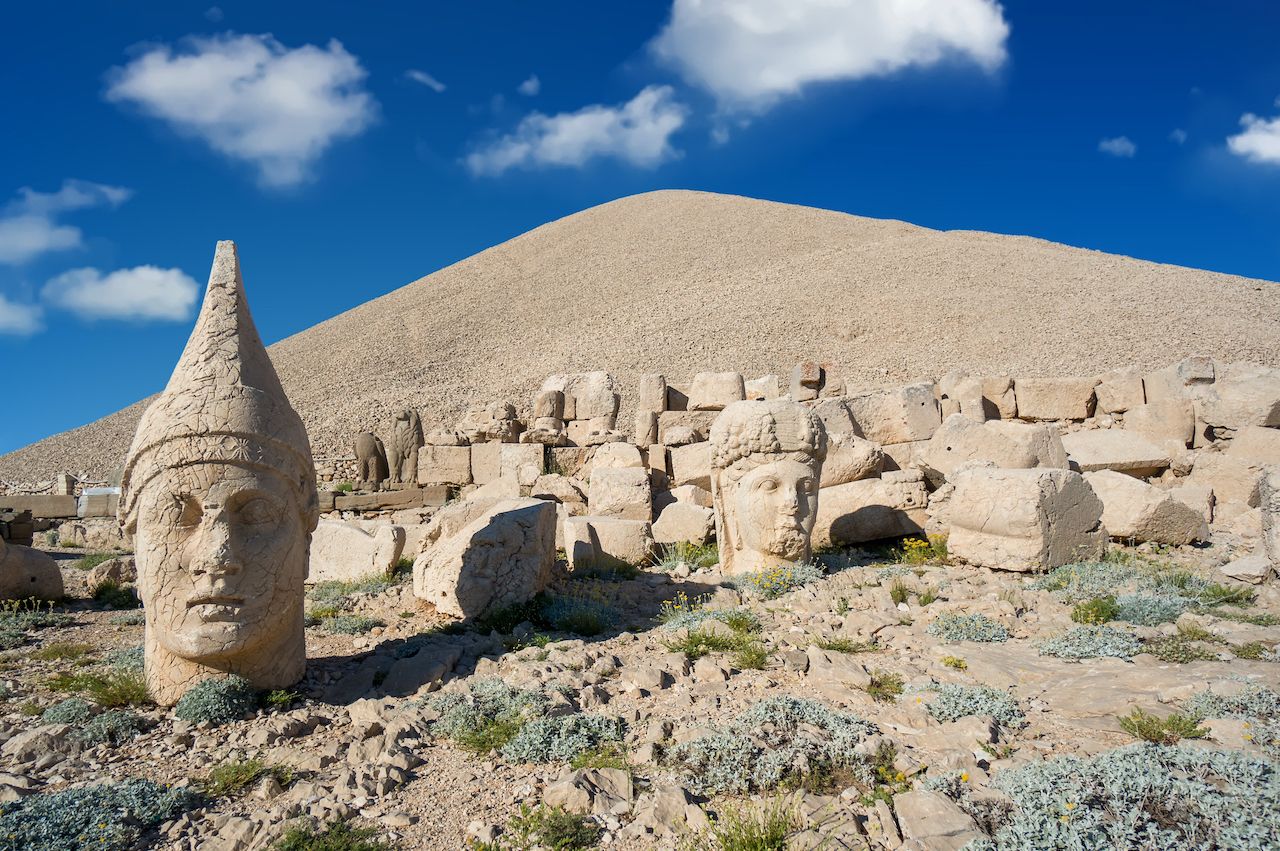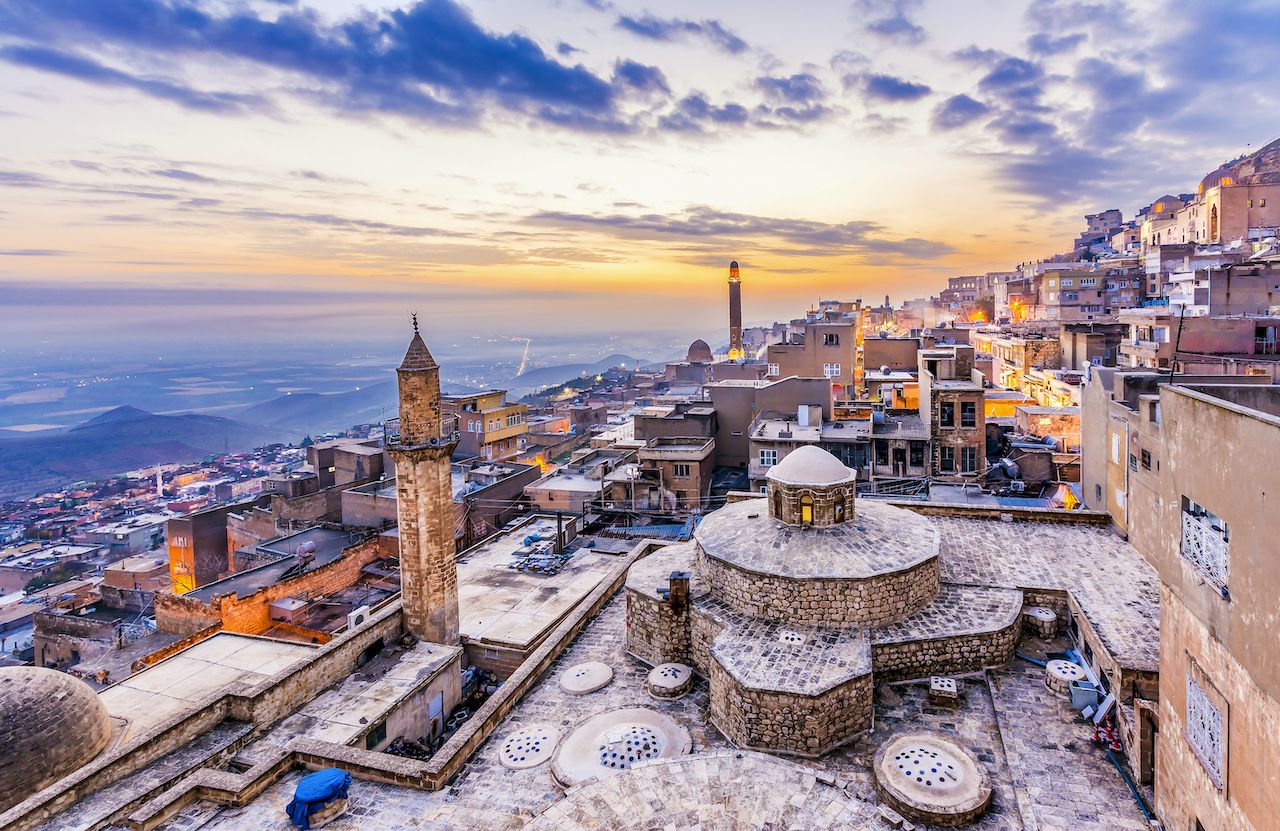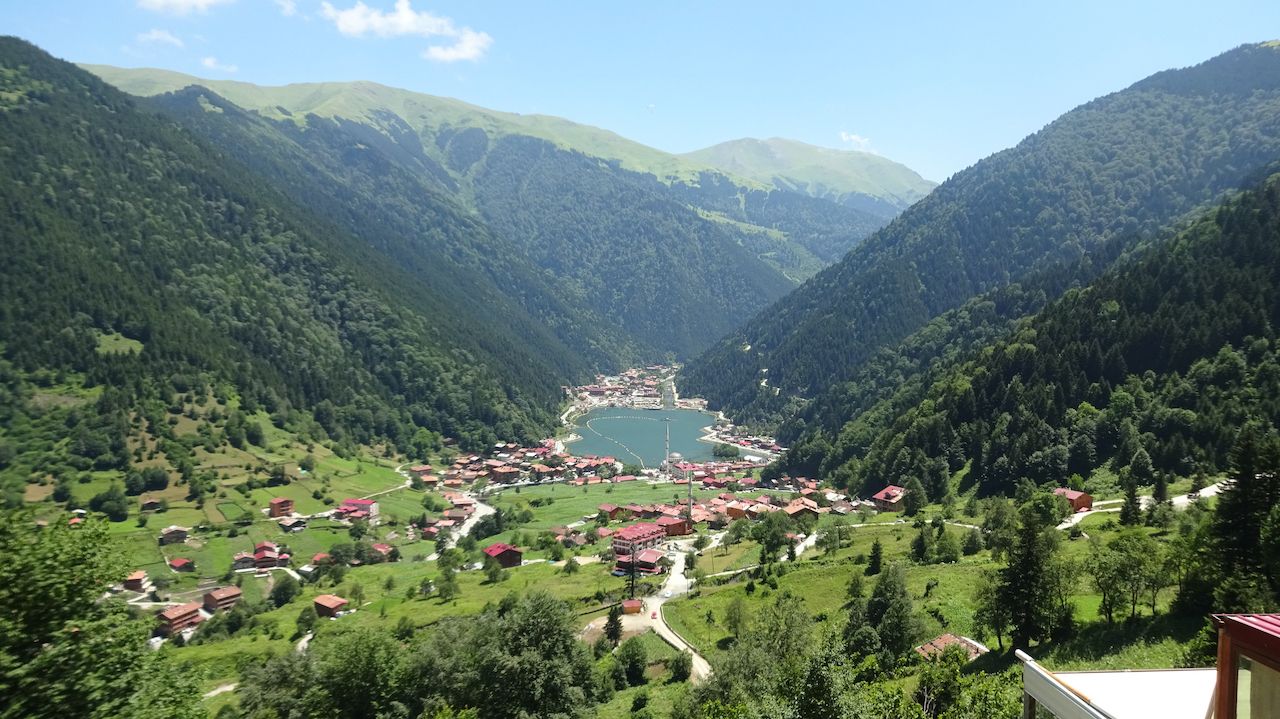Beautiful coastlines, fascinating archaeological sites, and a vibrant blend of cultures make Turkey, a country straddling Europe and Asia, one of the world’s most unique destinations. However, nearly all of its best-known tourist sites — Istanbul, the Ephesus ruins, Mediterranean seaside towns — lie in the country’s west. In comparison, Turkey’s eastern half remains a mystery to most international travelers.
Eastern Turkey, stretching far beyond central Cappadocia, has had a tumultuous past, but it’s also an underappreciated part of the world that adds to the country’s diverse cultural landscape. Here’s why you should venture beyond Cappadocia to Turkey’s underexplored eastern region.
